Catalog
Search
60 products
View:
- Selected: 0Areas of use
- Selected: 0Item names
- Selected: 0Manufacturer
- Selected: 1Made in
- Selected: 0Additional
View:
60 products

Enzymes for amplification
from
2 940 ₽
Field of application:
High-performance PCR
Conventional PCR with high reproducibility
Development of PCR products for TA cloning
The second stage of RT-PCR
BIOLABMIKS
Novosibirsk
Produced in: Novosibirsk
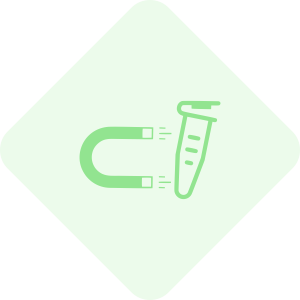
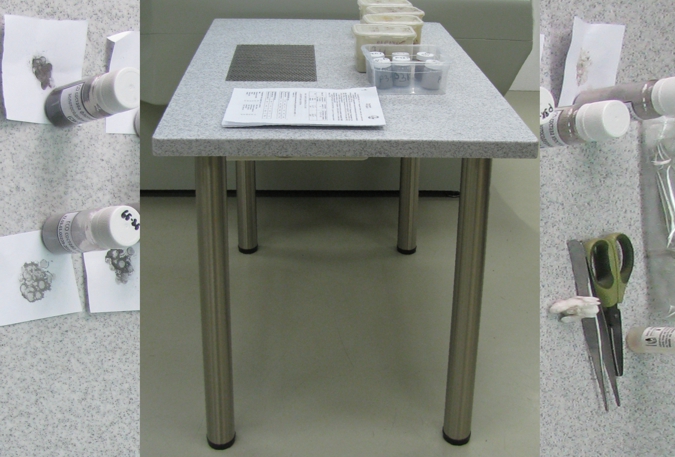
Table for working with powder samples
A table with a stone countertop and a stainless steel sheet located in the center with a perforation through which exhaust ventilation creates a constant flow of air carrying away sample particles
VMK OPTOELEKTRONIKA
Novosibirsk
Produced in: Novosibirsk
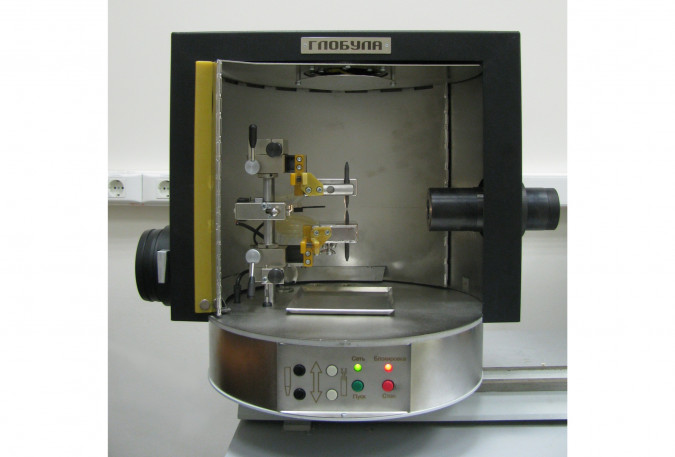
Spectroanalytical tripod "Globula"
The video camera and servos of the electrode holders built into the tripod are designed to automatically maintain the interelectrode gap during the evaporation of the sample by computer analysis in real time of the image of the arc discharge, as well as the initial setting of this gap relative to the optical axis. The electrode holders are cooled with water using a closed-cycle cooling unit.
VMK OPTOELEKTRONIKA
Novosibirsk
Produced in: Novosibirsk
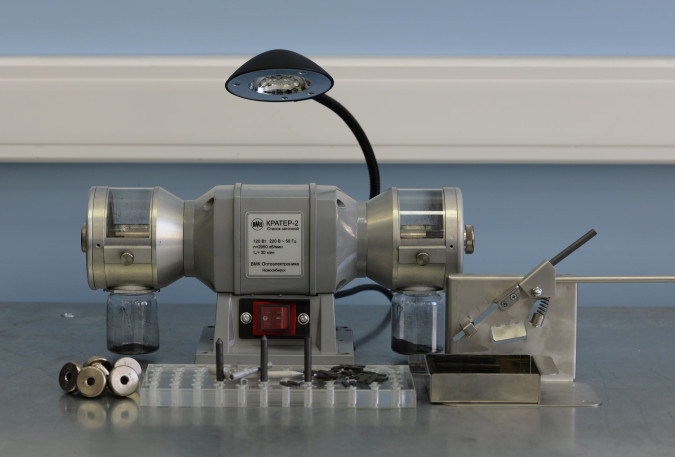
Device for preparation of graphite electrodes Crater-2
A machine for the preparation of graphite electrodes Crater-2.
Two types of cutters can be installed simultaneously in the machine, for example, on a crater and a cone.
VMK OPTOELEKTRONIKA
Novosibirsk
Produced in: Novosibirsk
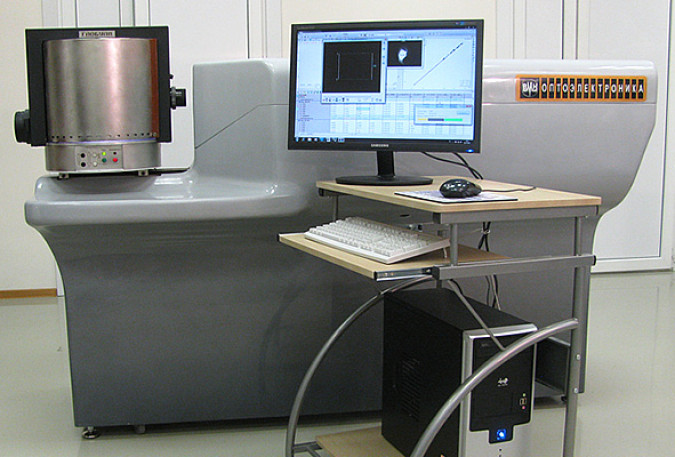

Isothermal amplification
from
750 ₽
Field of application:
- Real-time loop isothermal amplification with
Using SYBR Green I intercalating dye
- loop isothermal amplification with endpoint detection.
BIOLABMIKS
Novosibirsk
Produced in: Novosibirsk

Complex for atomic emission analysis of metals and alloys "Grand Expert"
VMK OPTOELEKTRONIKA
Novosibirsk
Produced in: Novosibirsk

Enzymes for PCR and molecular biology
from
680 ₽
Fields of application:
High-performance PCR
Conventional PCR with high reproducibility
Development of PCR products for TA cloning
The second stage of RT-PCR
BIOLABMIKS
Novosibirsk
Produced in: Novosibirsk

Enzymes for genomic editing
from
8 510 ₽
Field of application: genomic editing, CRISPR/Cas9 technology.
BIOLABMIKS
Novosibirsk
Produced in: Novosibirsk
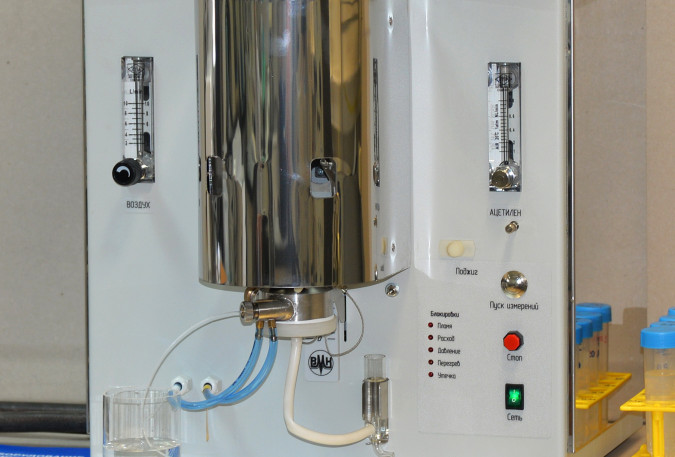
Flame spectrometer "Peacock"
The flame spectrometer is designed for rapid determination of a wide range of concentrations (up to 8 orders of magnitude) of sodium, lithium, potassium, calcium, barium, caesium, rubidium in technological solutions. The excitation of atoms occurs in an air-acetylene flame.
The device consists of a three-slit burner with flame control, a pneumatic sprayer, a spray chamber, an optical radiation input system into the "Hummingbird-2" spectrometer and an automatic air and acetylene supply system, with the possibility to control and adjust gas flow.
The use of a three-slit burner provides increased flame temperature over the central slit of the burner due to the external flame layers. This makes it possible to determine low concentrations of calcium and barium. At the same time, it remains the possibility to determine impurities in highly concentrated solutions without clogging the burner slots.
The lighting system of the spectrometer is mirror-lens, thanks to this, radiation collected from both sides of the burner is introduced into the polychromator.
VMK OPTOELEKTRONIKA
Novosibirsk
Produced in: Novosibirsk
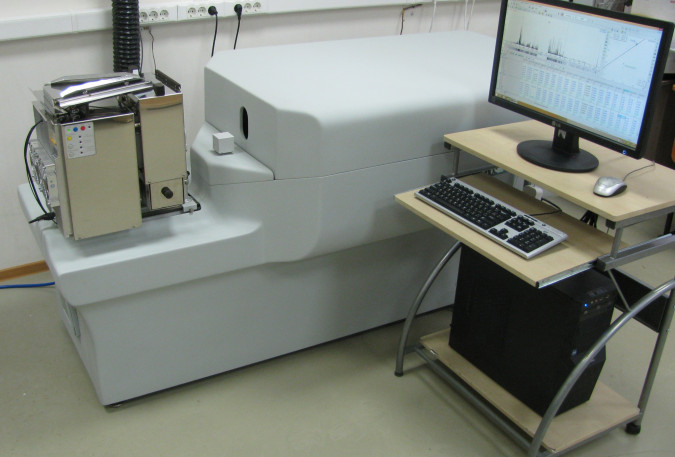
Atomic Emission Complex "Grand Stream"
Atomic Emission Complex "Grand Stream" is designed for rapid determination of the composition of powder samples of natural and industrial origin, includes a "Grand" spectrometer, a "Stream" installation and auxiliary equipment for sample preparation.
VMK OPTOELEKTRONIKA
Novosibirsk
Produced in: Novosibirsk
